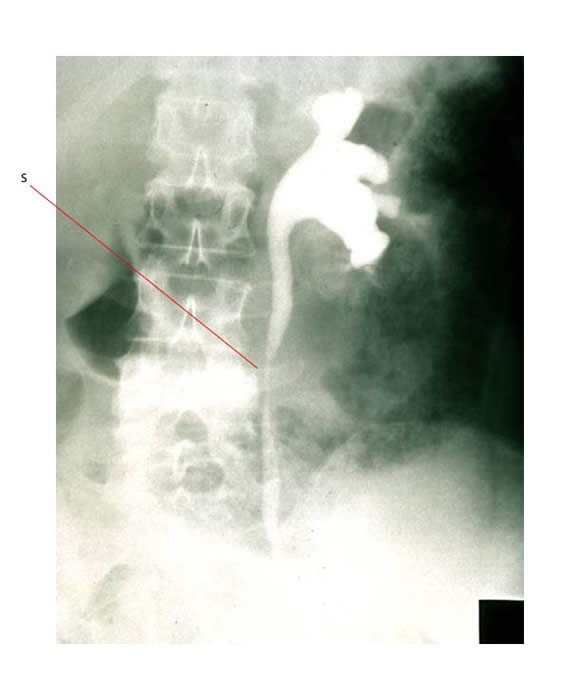Renal and Genito-Urinary
Introduction
The kidneys, the ureters, the bladder and urethra all have the potential to be scarred and damaged by some of the therapies for childhood cancer.
The kidneys are especially vulnerable. These essential organs:
- Filter waste products from the blood
- Control the blood pressure
- Stimulate red blood cell production
Here is an outline about how the kidneys normally work at the National Kidney and Urologic Diseases Information Clearing house (NKUDIC).
Nephrotoxity = Damage to kidney causing functional impairment
This can be:
- Acute or chronic
- Mild or severe
- Reversible or permanent
Kidneys vulnerable to damage because:
- High renal blood flow across a large endothelial surface
- Proximal tubule cells involved in re-absorption and secretion
The bladder:
- Stores urine:
- Needs a low, stable pressure during bladder filling
- function of the elastic properties of the detrusor muscle and normal neural innervation.
- Continence maintained by closure of the bladder base during bladder filling
- Micturition (voiding of urine)
Normal bladder function can be affected by the primary tumor and cancer treatment (surgery, chemotherapy and RT). Long term side effects include:
- Bladder fibrosis and contraction
- Hemorrhagic cystitis
- Increased risk of bladder cancer
The ureters can become scarred as a result of damage from the primary tumor, scarring from radiation therapy or from surgery. This may result in hydronephrosis and back pressure on the kidney.
A RT induced stricture (S) of the ureter can be seen in the IVP below:


